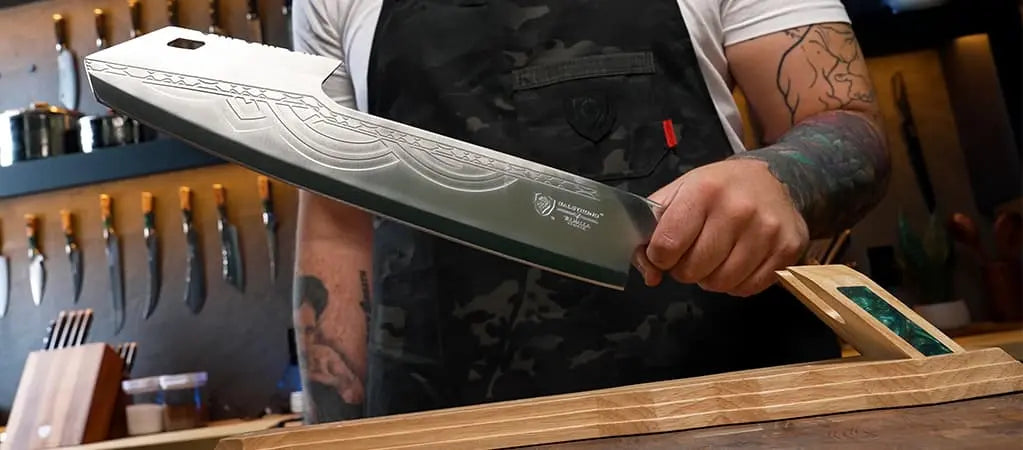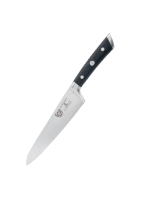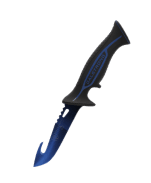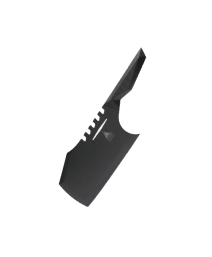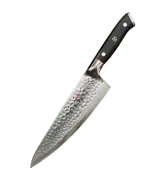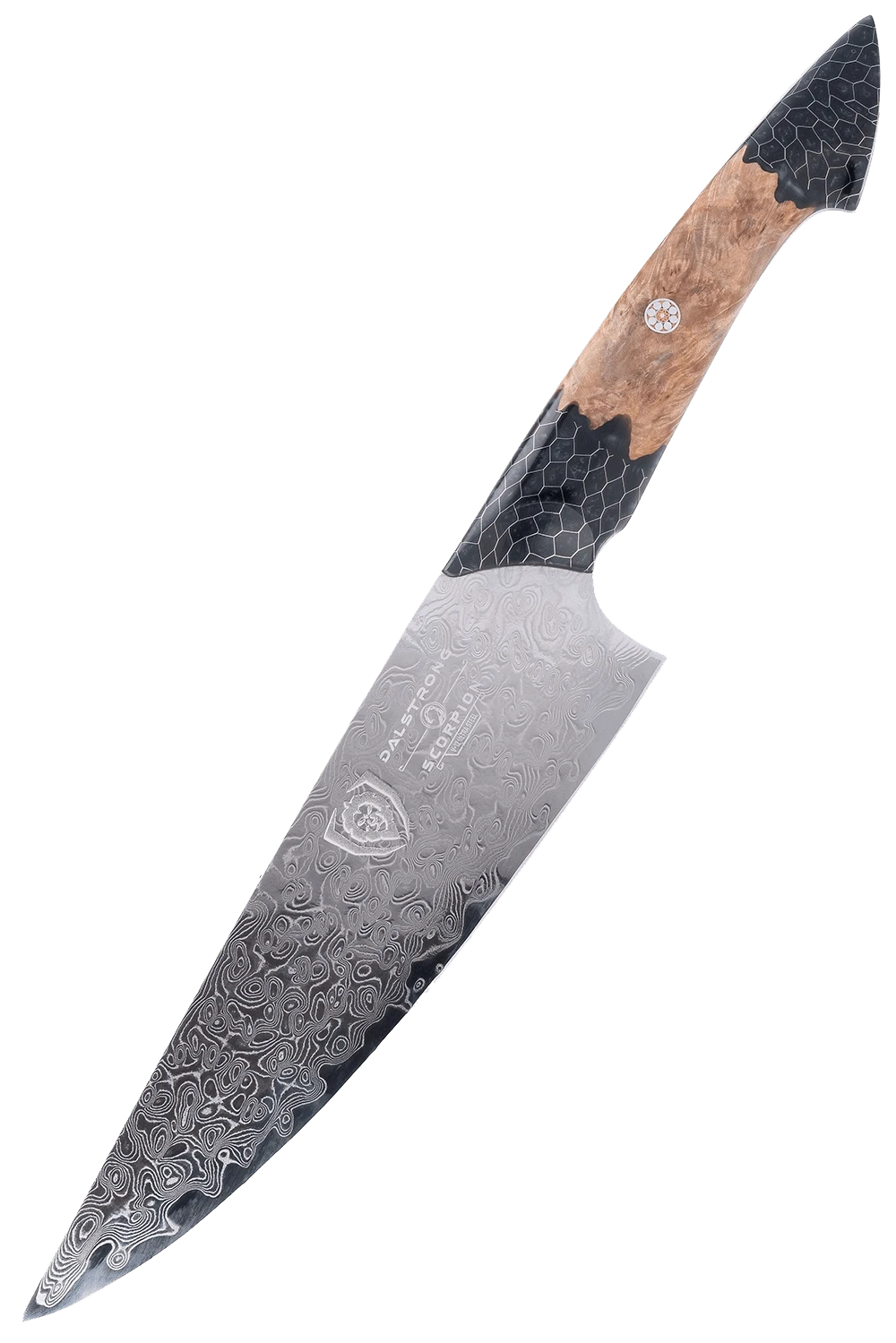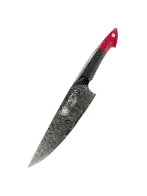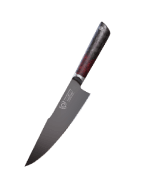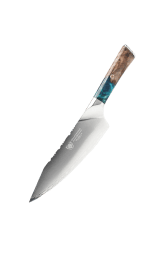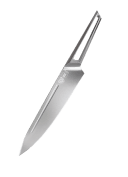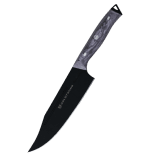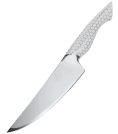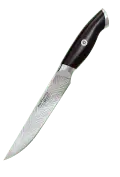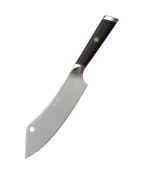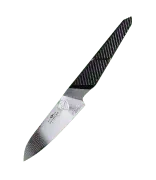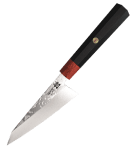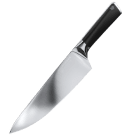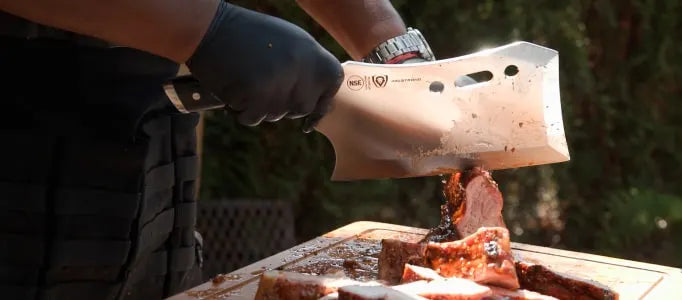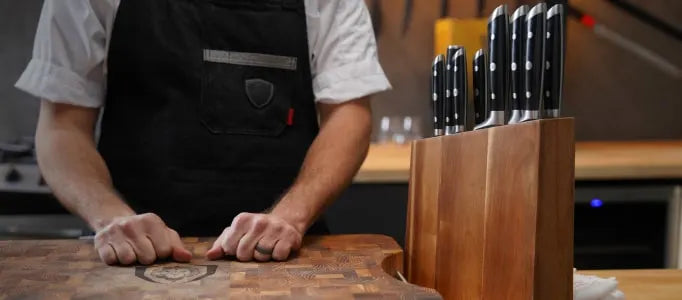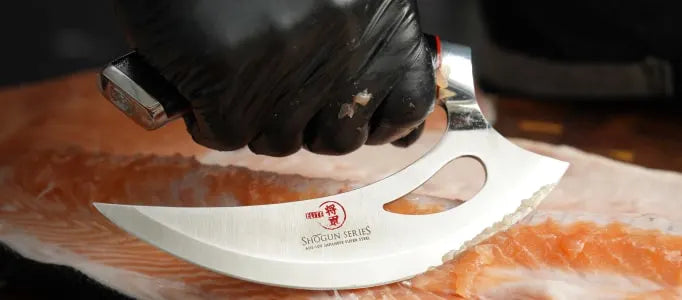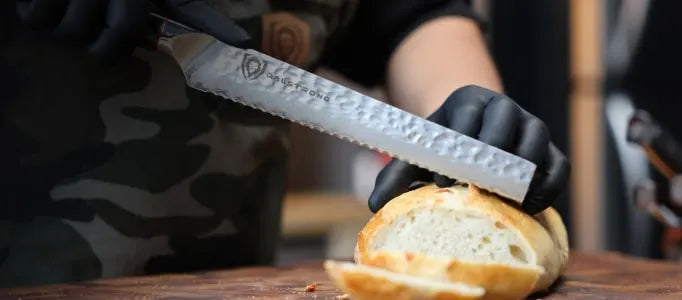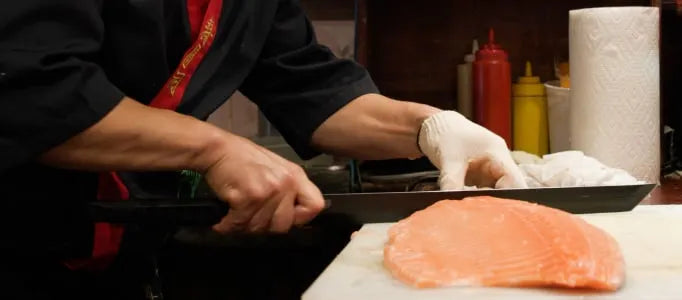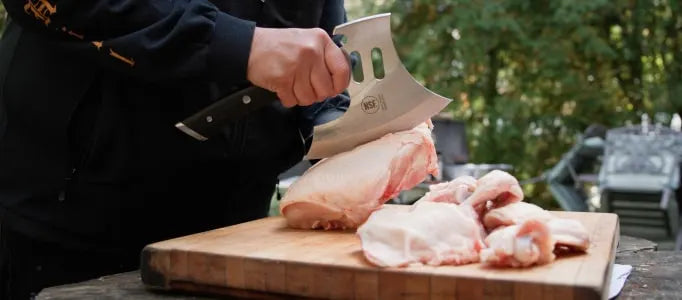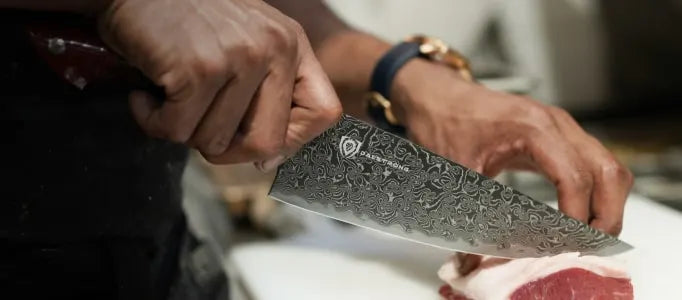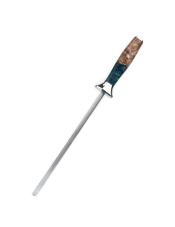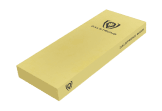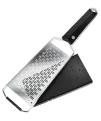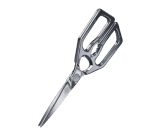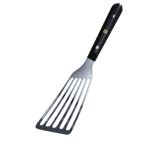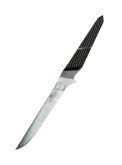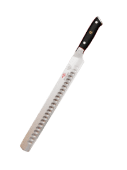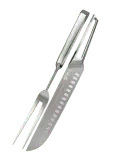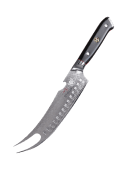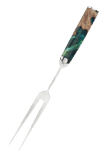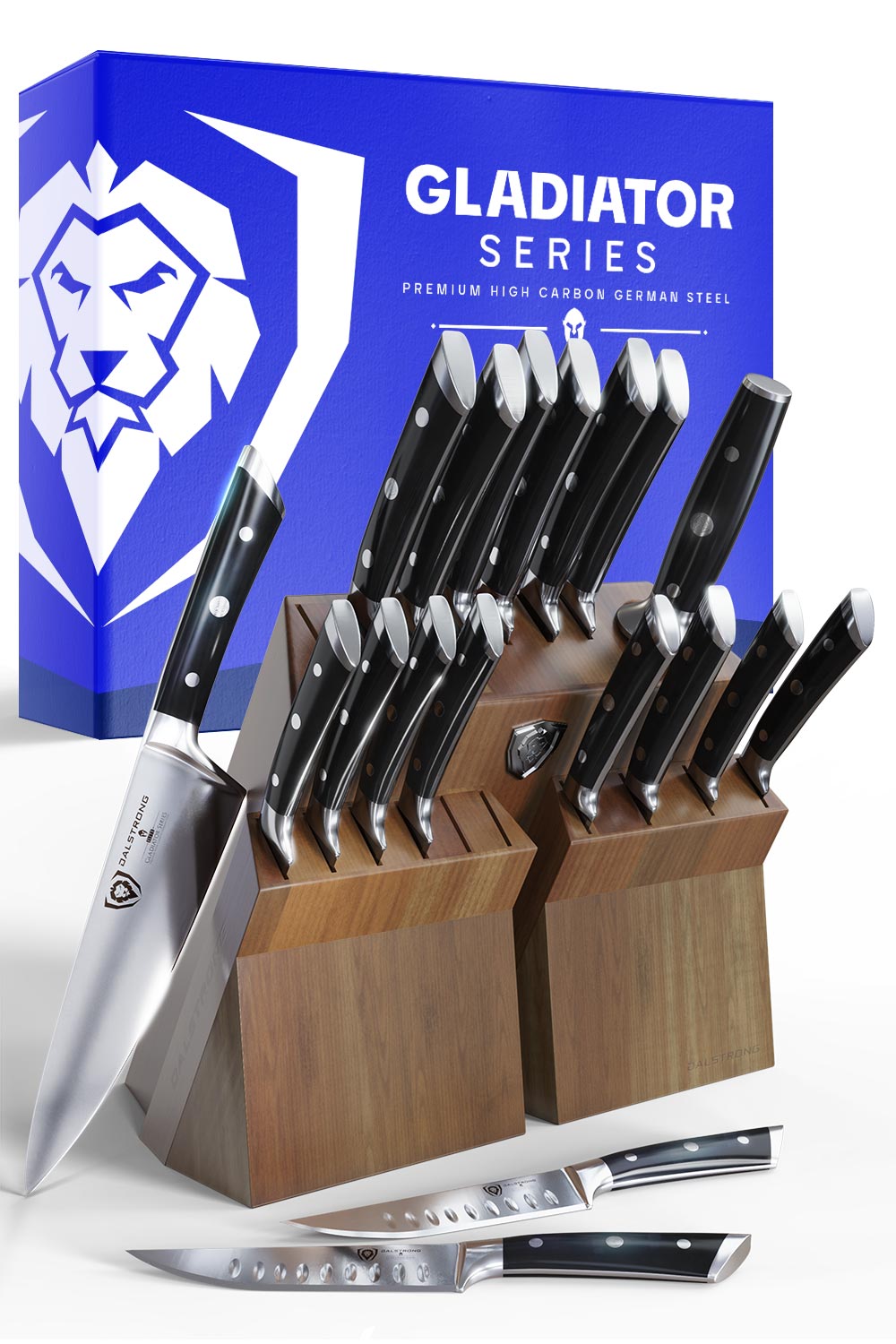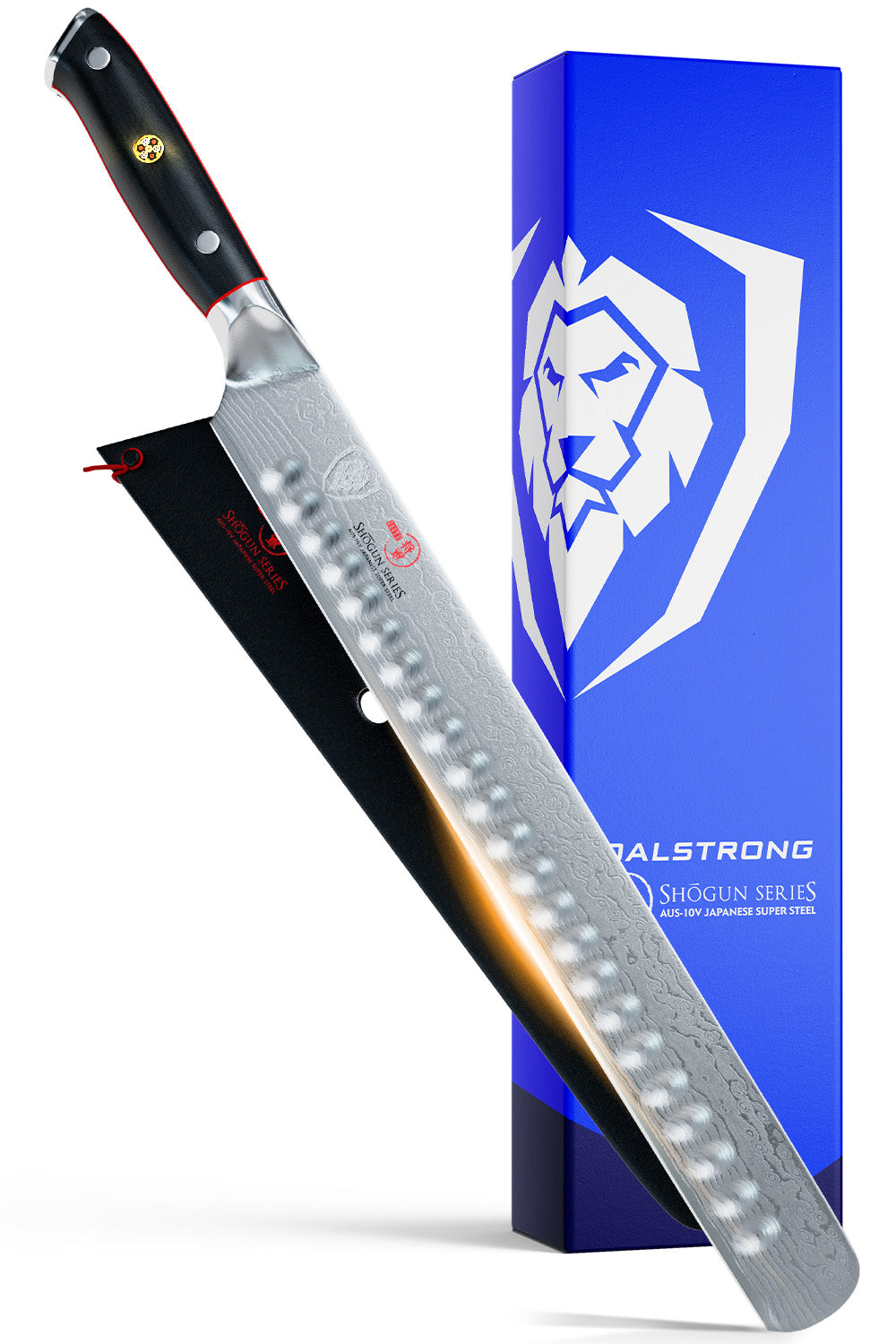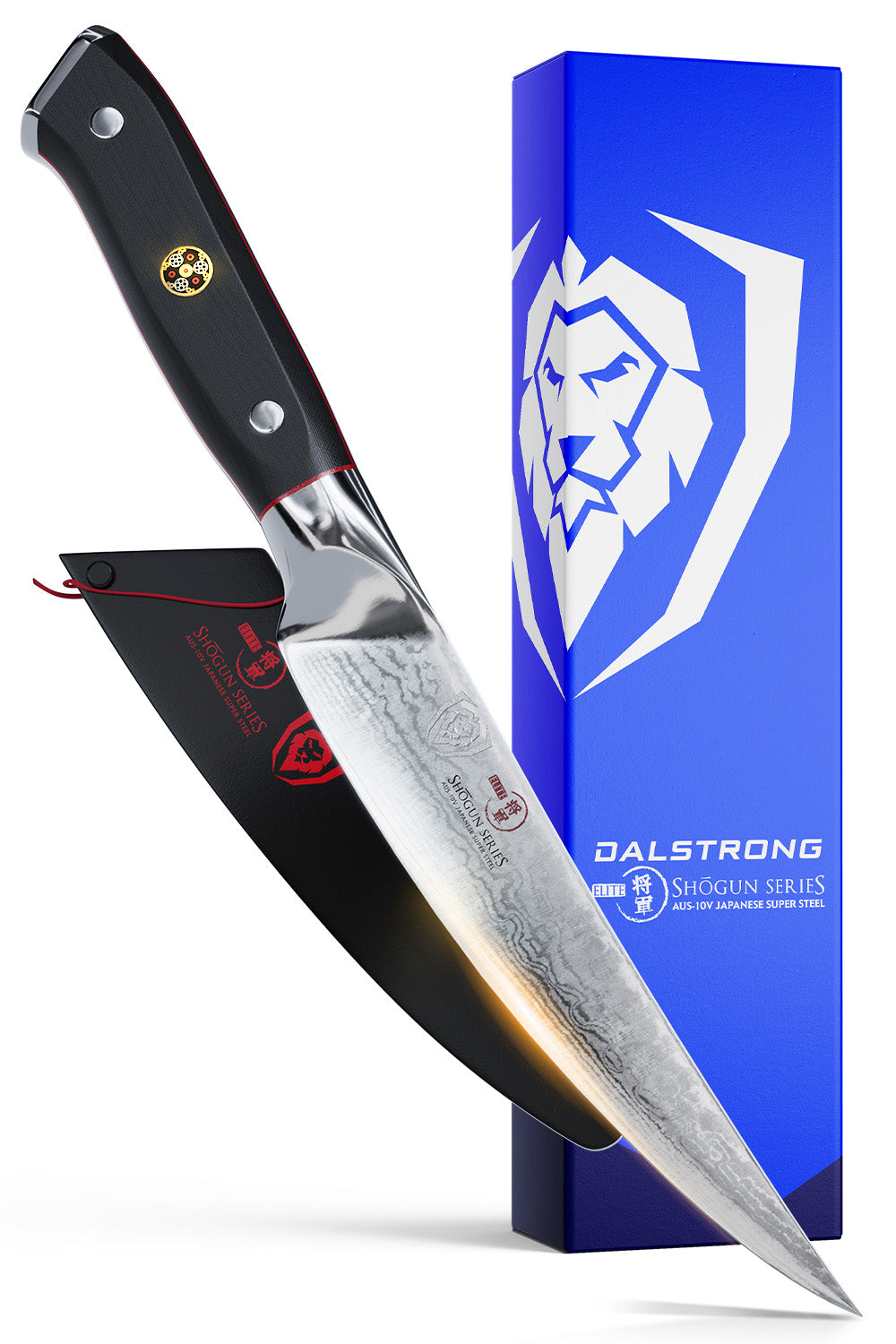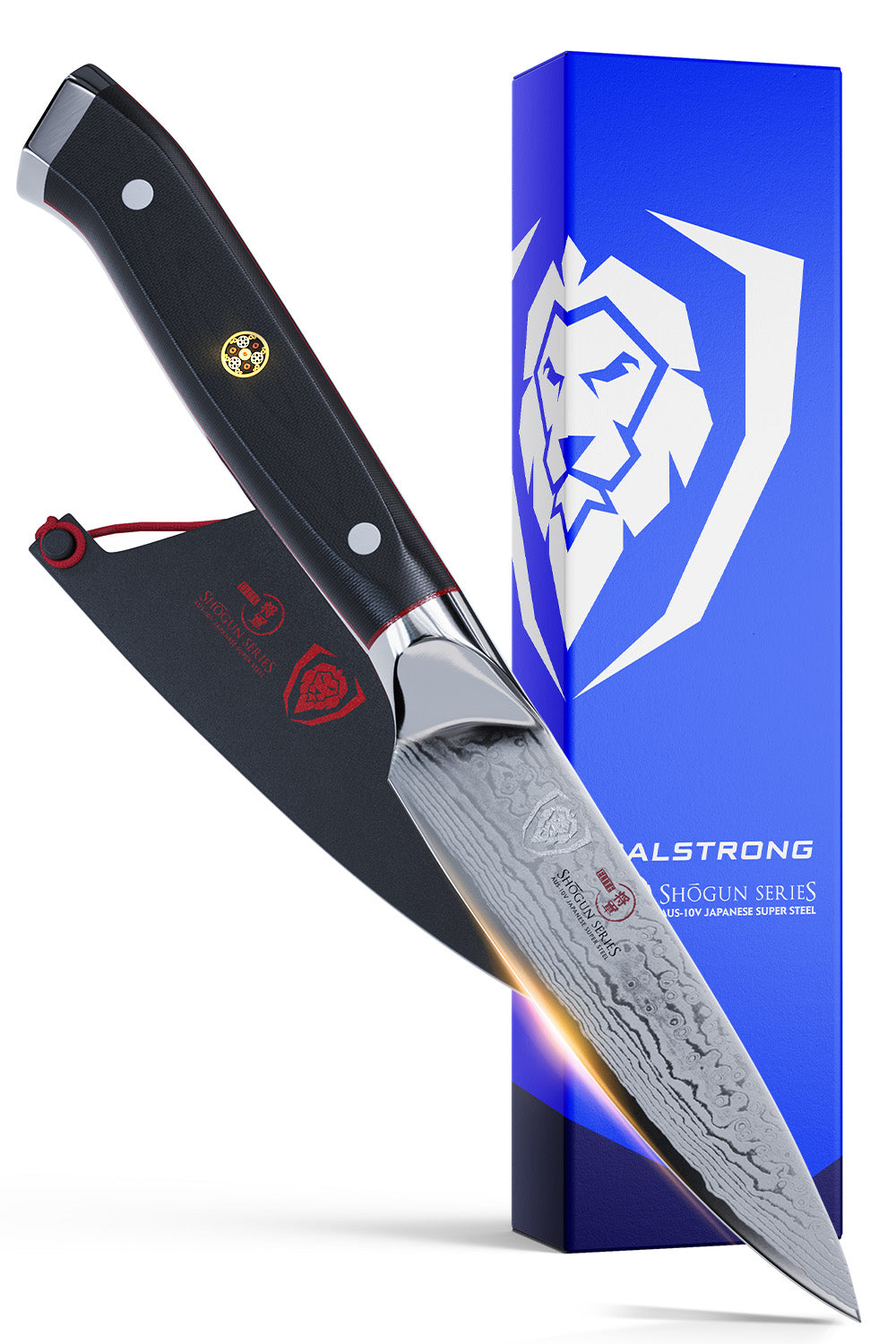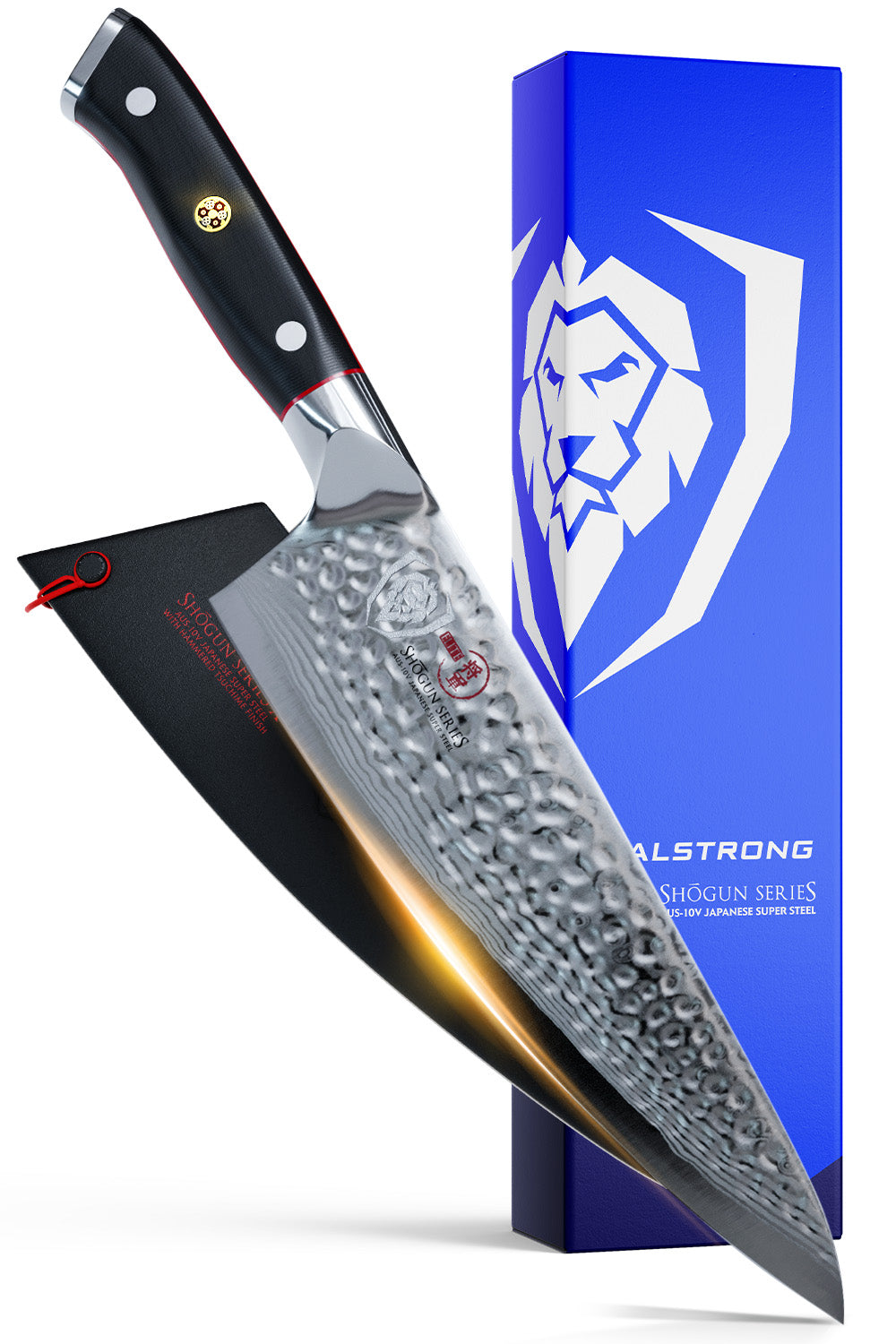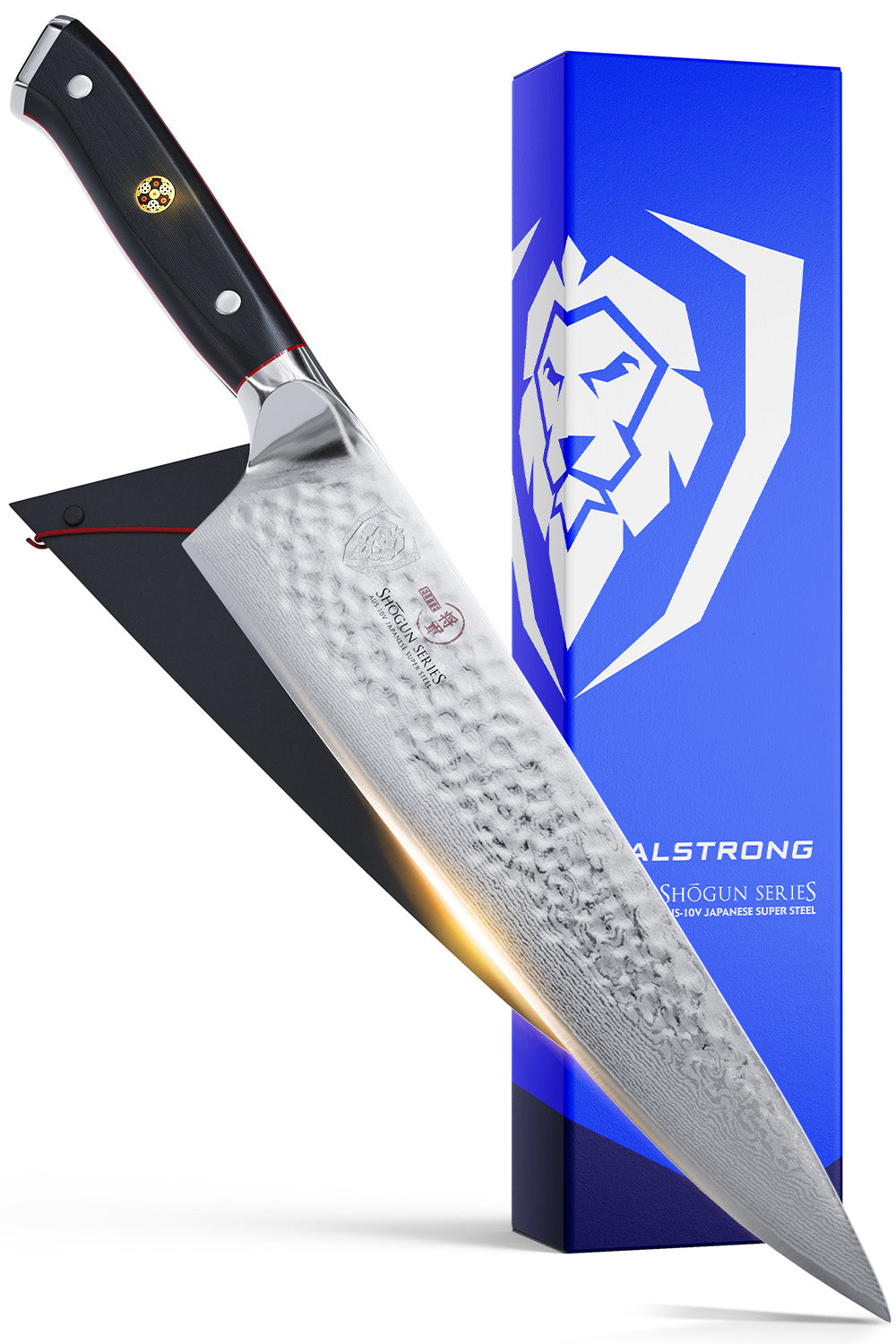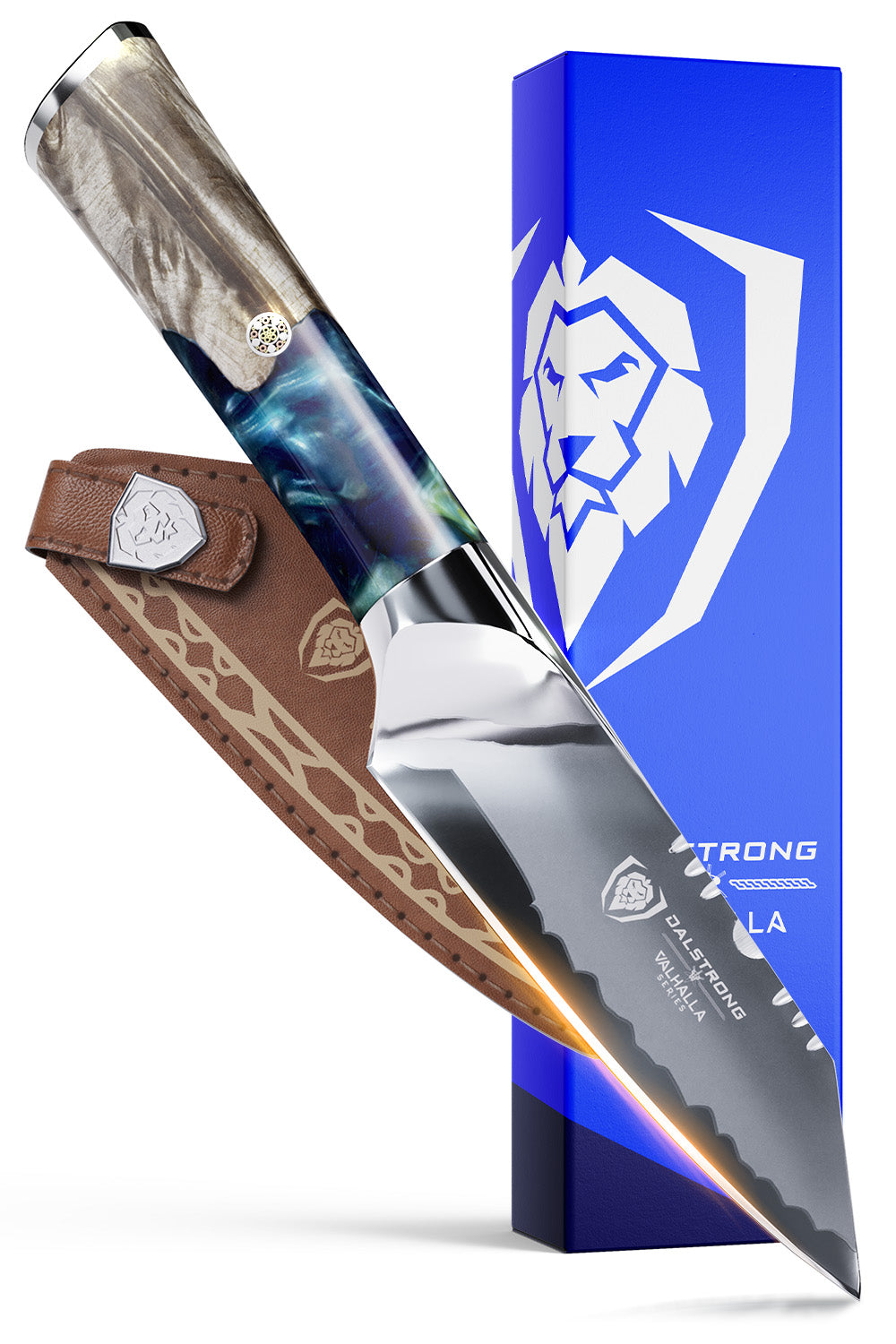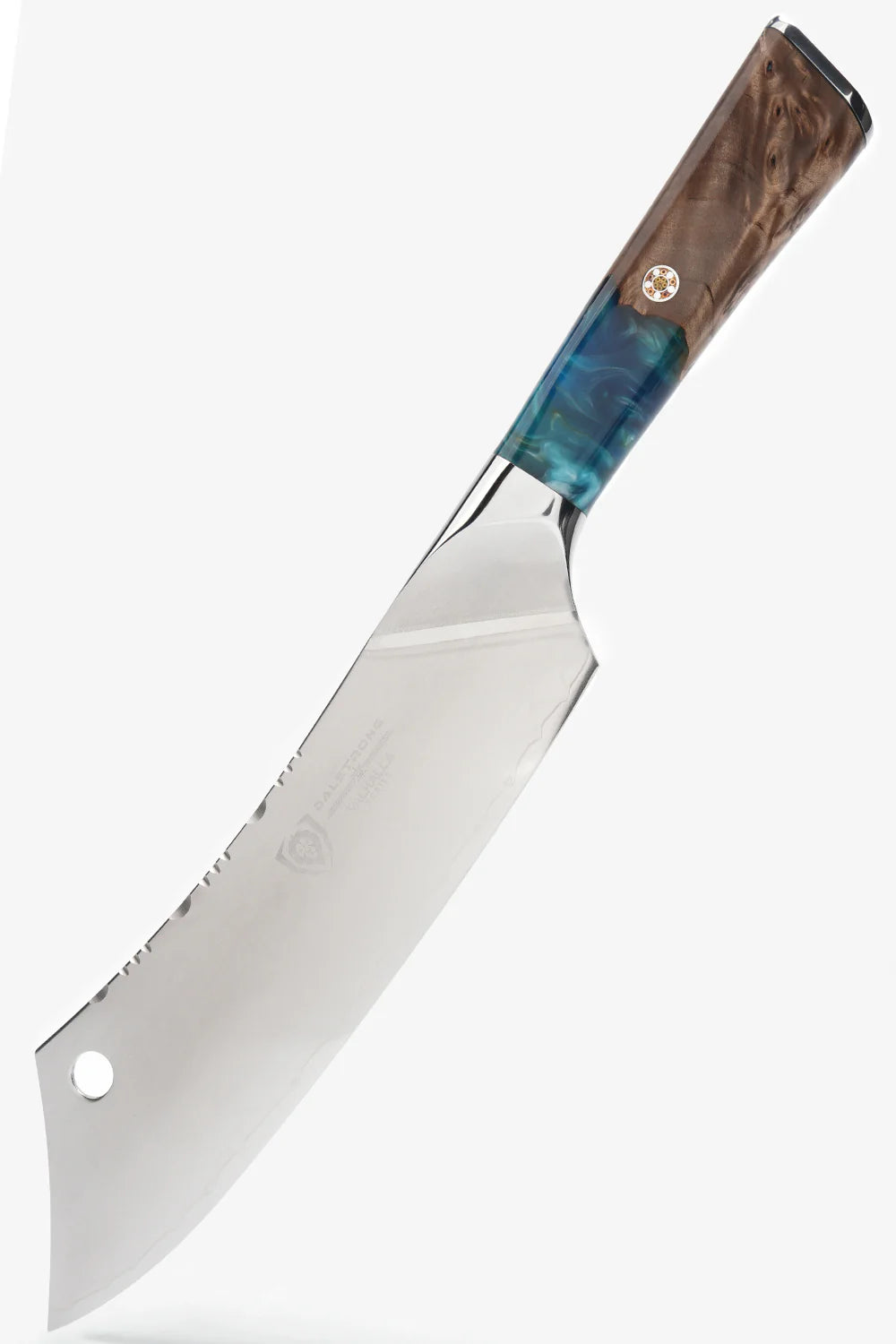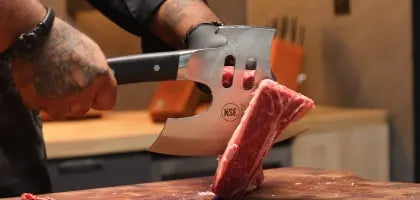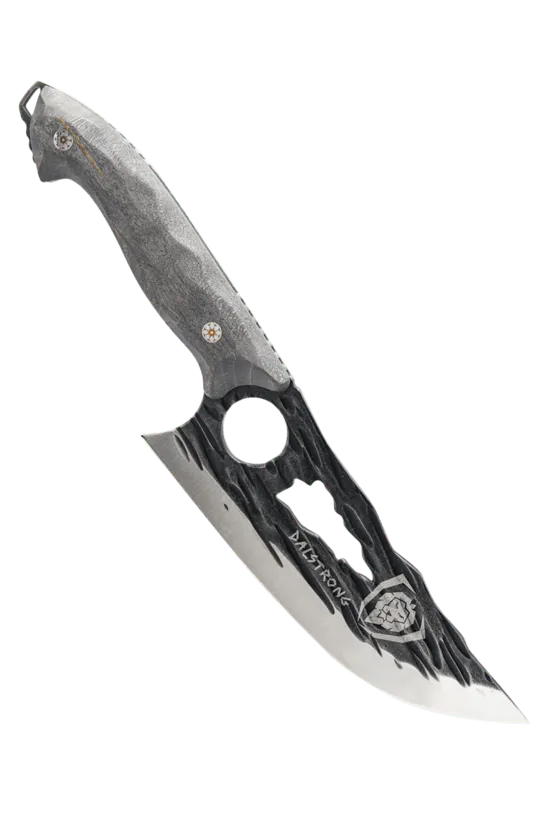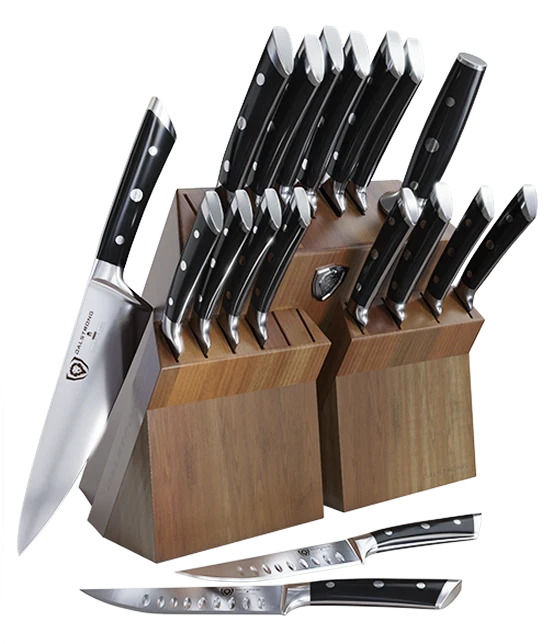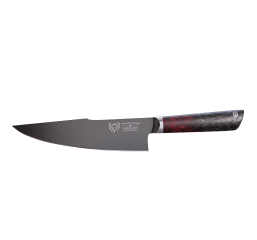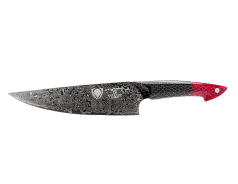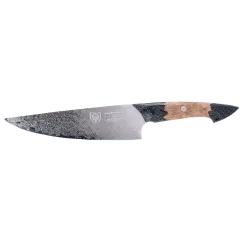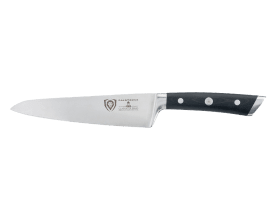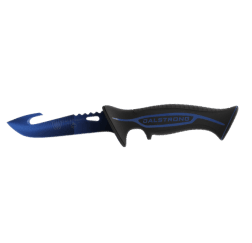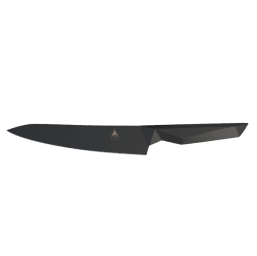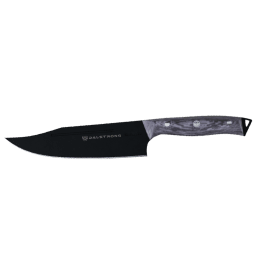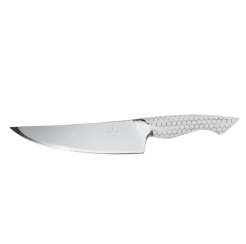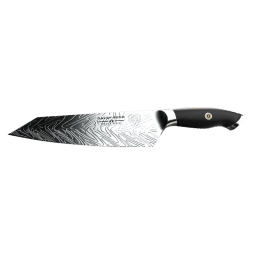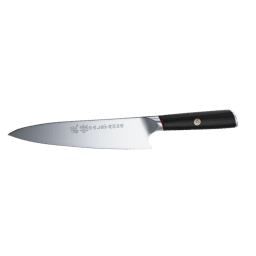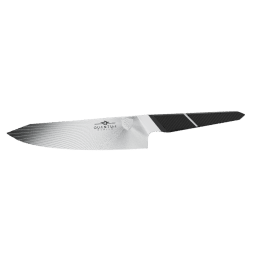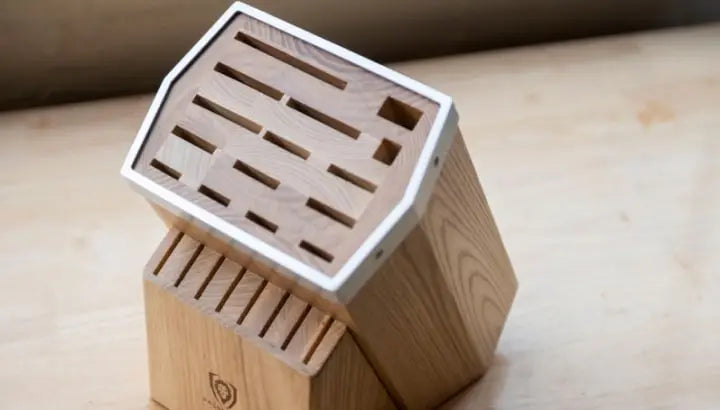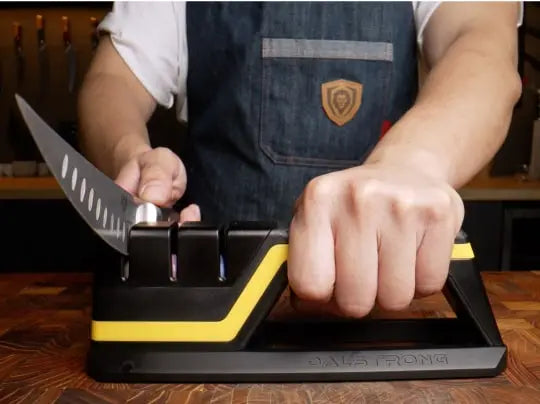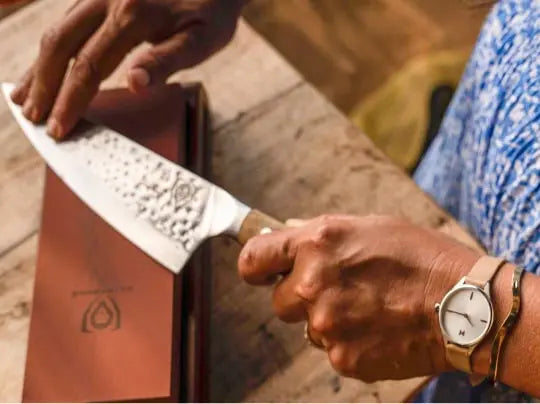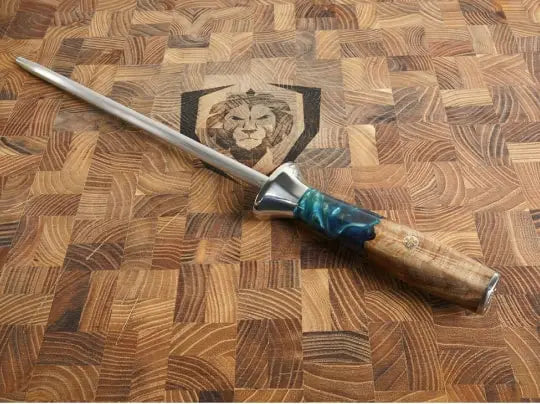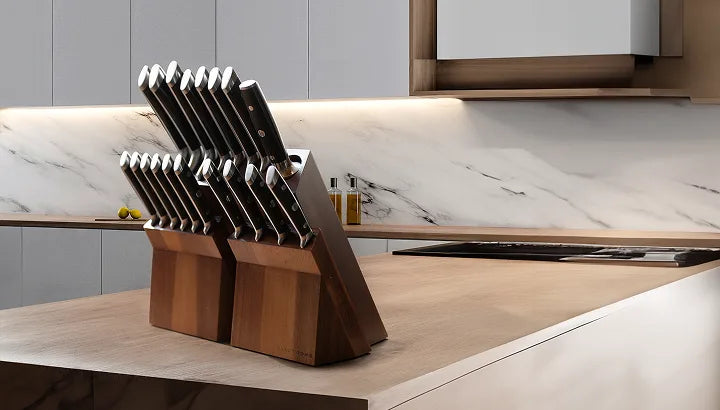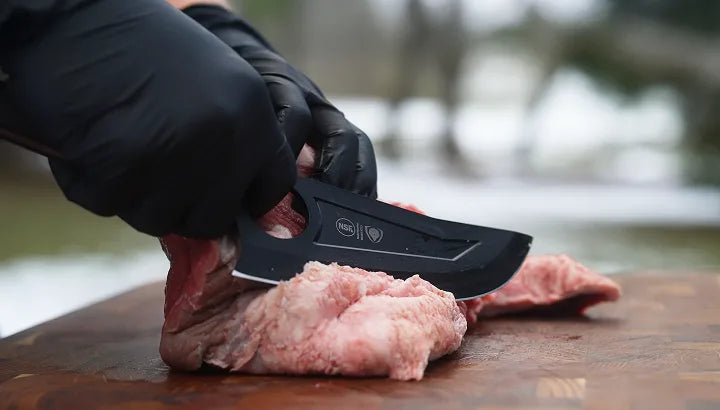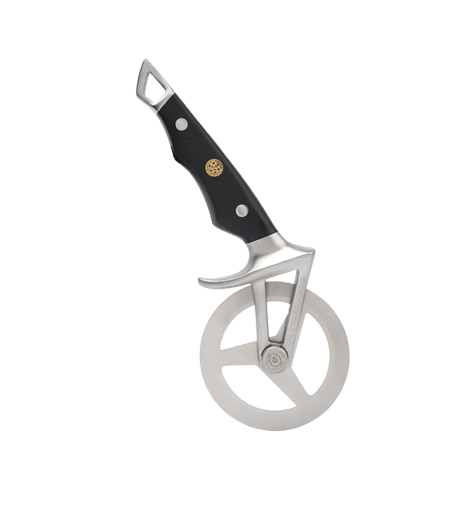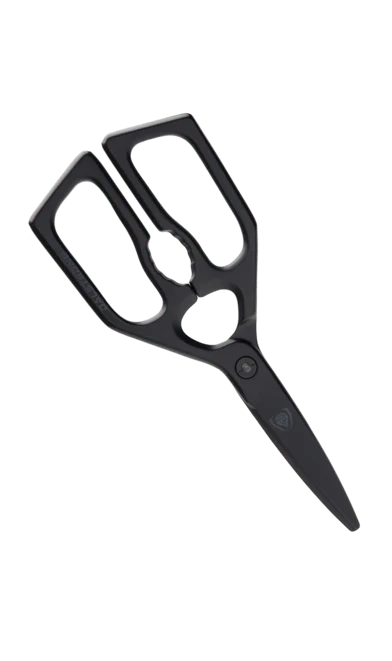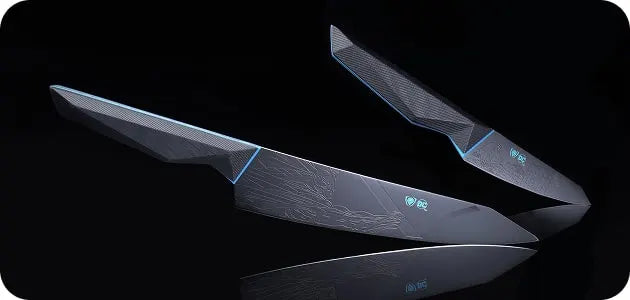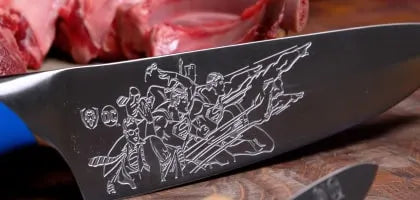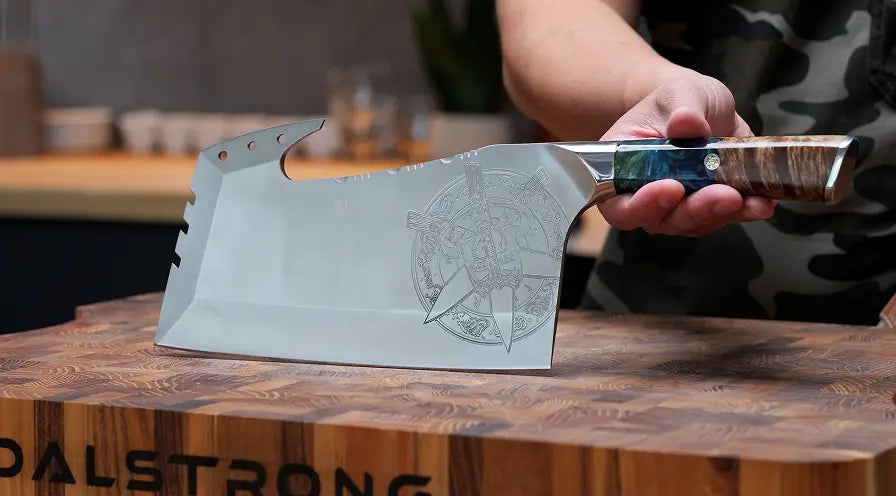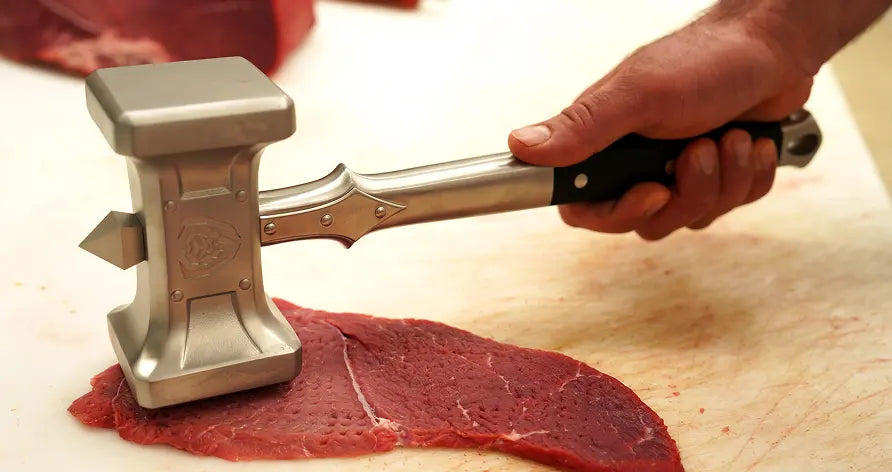 Food Tongs 9" Stainless Steel Arms & Scalloped Tips
Food Tongs 9" Stainless Steel Arms & Scalloped Tips
Tongs are useful kitchen utensils designed to handle food (as well as kitchen implements), therefore shielding human hands from potentially harmful temperatures. They are good for:
- Turning a piece of steak on a grill
- Removing noodles from boiling water
- Taking the lids off of cookware
- & much more

Food Tongs 12" Scalloped Silicone Tips
1. An Essential Kitchen Tool We Don’t Think About
As human beings, we go through life picking up certain skills and improving at others, building nice little lives and identities for ourselves with a wide variety of niche interests. Sometimes, though, if you’re a certain kind of person, you zero in on one of those niche interests; let’s say for instance… cooking. And all of a sudden you want to learn every single thing about it.
So you study up. You purchase every book you can find on the subject. You start watching YouTube videos about the specific ways to cut into certain types of food, or follow wild and exotic recipes you wouldn’t have ever dared to attempt before you fully committed to this niche interest. You’re all in now.
Suddenly, it’s not even about learning things, it’s about acquiring things. You realize that the tools in your kitchen are woefully inadequate. So you start to build up your kitchen arsenal. You invest in nicer cookware. You look into the different types of knives and get a knife block set. You get a high quality cutting board. You even get a little meat thermometer.
And then you look at the real basic stuff, the stuff you’ve basically been taking for granted your entire life, not really thinking about. You turn your eye away from the flashier stuff and towards tools that are designed to make your life easier, but – by virtue of their cheapness and low quality – have actually been doing the opposite.
Tongs are a good example of those types of tools for me. I’ve known them all my life, and ever since I started cooking I’ve used them extensively. But I can’t even remember where I bought mine. They are busted and worn down, uncomfortable to hold or maneuver, effectively making the act of cooking a worse experience for myself.
But because they were “just tongs,” I never really thought about it.
It’s all a matter of perspective. There’s always room for growth and improvement. So today we’re taking a closer look at our trusty tongs; figuring out how they work, what to look for in a good set of tongs, and which ones are the best ones to purchase. Let’s dive in.
2. What Are Tongs?
Tongs are tools used to handle food. Well, to be clear, there are many types of tongs that can be applied to many types of uses. Whether it’s blacksmithing tongs, driller’s tongs, crucible tongs, or cooking tongs, the concept remains the same: it’s a tool that can be used to grip and lift objects, serving as a substitute for the human hand.
It is believed that the first pair of tongs came from the Egyptians, starting off made of wood and then progressing to bronze bars, closer to how we know them, as early as 3000BC. An Egyptian wall painting from 1450 displays a crucible supported between two metal bars, as well as someone holding an object over a fire using a tong-like instrument.
That’s a nice history lesson, yes, but it also goes to show that this tool’s usefulness is essential to our lives as humans in ways we don’t really acknowledge. How often do you hear someone wax poetic about the virtues of the noble tong? Not very often, which is why we must do it here.
The basic design of the tong has stayed pretty much the same since we first perfected it. It is commonly made of two stainless steel (or plastic) arms connected by a rivet hinge at one end, then widening into scalloped grabbers at the other. There’s a metal spring that controls the opening and closing action, and sometimes you’ll have a locking mechanism as well as maybe some silicone or rubber accents.
And though this design is so standard and widely adopted, tongs can actually vary wildly in feel. Some tongs feel stiff, some feel wobbly; some tongs have locking mechanisms that feel safe and secure, while others have weaker locks. Some of them can actually pinch the skin during use, while some are extremely comfortable. It’s a wider range than you probably imagined. After all, they’re just tongs, right?
3. What Are Tongs Used For?
Nowadays you could walk into just about any commercial kitchen and see various sets of tongs being used as a second set of hands by professional chefs. And the reason is extremely simple: tongs are helpful because they offer protection from high temperatures. Anything it would burn you to grab with your bare hands, a good set of tongs can help you with.
Whether it’s vegetables, the noodles from a pot of boiling water, or a thick cut of beef straight off the grill, tongs should be able to grip, move, lift, flip, and jostle most foods. Of course, if you’re handling a delicate piece of meat – for example, a piece of fish – you might risk it breaking apart under the tong’s grip.
The bottom line is that tongs are meant to make cooking easier (by allowing you a quick way to handle hot food), safer (by shielding your hands from high temperatures) and overall more enjoyable. You can use them to turn hot food in a pan, or even to operate with cookware (such as snagging the lid off a hot pot). They also come in handy when serving food.
4. Different Types of Tongs
Though tongs largely follow a pretty basic design and functionality, there are small differences between them that might make them better suited for certain tasks. This means that you should consider their intended task before buying them.
For instance, if you’re looking to pick up heavy cuts of meat, you’ll want something with a sturdy construction. Pasta tongs have a slightly different shape meant to handle noodles. And if you’re cooking on the grill, you want to be on the lookout for a long nonslip handle.
So let’s talk about the different types of tongs out there, and what they each specialize in.
Stainless steel locking tongs
These are the most common types of tongs. If you walk into a restaurant kitchen you’ll likely see a long row of these tongs hanging up. They’re used for all kinds of things; grabbing hot pans, stirring pastas, lifting and lowering food in and out of pots and pans. These are popular because they fit a wide number of uses, making them a versatile kitchen tool.
It’s common for these stainless steel tongs to have a mechanism for locking and holding them shut. Usually the pincers are scalloped, though they sometimes come in the shape of spatulas, meant to make it easier to turn foods.
Pros: These tongs are usually inexpensive. They’re also solidly sturdy and quite easy to use. The fact that they’re so versatile makes them a worthwhile investment
Cons: Because of their stainless steel construction, they are prone to scraping the nonstick coating of your nonstick pans and other nonstick cookware
Covered locking tongs
While stainless steel locking tongs can scrape the nonstick coating of your cookware, the covered locking tongs solve that problem with an easy solution: covering the pincers! They are usually covered with a softer material such as nylon or silicone. This type of tong has all the benefits of the stainless steel ones, with added protection
Pros: The tips of these tongs provide a fantastic rubber grip, and the fact that they are safe for nonstick pans and cookware makes tongs with silicon extremely user-friendly.
Cons: These tongs tend to be on the clunkier side, taking up more space than some of the other ones in this list.
Barbecue tongs
Also known as grill tongs. As mentioned earlier, barbecue tongs are perfect for when you’re grilling pieces of meat and need to keep a bit of distance between yourself and the heat. Barbecue tongs are great for moving any kind of food on a hot grill grate, while still remaining useful for other types of food.
Pros: These tongs offer the furthest distance from cooking surfaces, making them ideal for barbecuing without worrying about catching your sleeves on fire.
Cons: Because of their length, they tend to be a bit of a hassle to store.
Scissor tongs
Okay, we’re listing these because they technically count as tongs and the list would be incomplete without them, but truthfully these funny-looking tools aren’t going to be particularly useful. They’re big, hard to use, and not especially helpful.
Pros: You can use them to pull up certain foods from hot water, I guess? But they’re not very good at keeping their grip.
Cons: Super difficult to manipulate and control. Too awkward for small foods, too flimsy for large foods. We’re not entirely sure why these exist, but someone out there must like them.
Pasta tongs
Now these little guys are extremely useful. Pasta tongs (sometimes referred to as salad tongs) tend to look a little different from most types of tongs as they are often just one piece of metal. You can use them to grab large clumps of noodles or serve pasta without completely tearing it to shreds.
Pros: They make it extremely easy to pick up pasta without much of it swirling out. You can even use these as salad tongs. Good grips on wet foods.
Cons: They have short handles, which makes them problematic for use at the grill or other situations where you need to put a bit of distance between yourself and your heat source.
Ice tongs
These are also single piece, as well as single-use. You’ve come across these little guys at any number of social gatherings, I’m sure. The main feature here is the teeth, meant to grab on to those slippery ice cubes that other kitchen implements have a tough time with.
Pros: Extremely useful for serving ice.
Cons: Useful for absolutely nothing else.
Plating tongs
Plating tongs are used primarily for serving food; more specifically, laying food out on the plate in an aesthetically pleasing manner. They’re tiny little guys, almost looking like bigger tweezers. Sometimes you plate up your food real nice but there’s one little pea that keeps falling out of place. That’s when the plating tongs come in.
Pros: If you’re very particular with your presentation, these little guys can help you tremendously. Because of their hilariously small size, they are extremely easy to store.
Cons: Plating is just about all they can do.
5. Stainless Steel vs. Plastic Tongs
Not only are there various types of tongs around (as outlined above), there’s also one big divide when it comes to the type of tongs you can get: plastic or stainless?
Plastic Tongs
These are the cheaper option, though not really by much (tongs in general tend to be pretty inexpensive). If you don’t want to spend money on a solid pair of stainless steel tongs, by all means, go with plastic. They will work just fine. However, you need to make sure you don’t let them rest in the pan, as they will melt! And if that melted plastic gets into your food, that could be hazardous to your health.
There are some plastic tongs for sale at certain big-box stores that will melt even under low heat. The best thing to do is to make sure that they’re safe for cooking with. If it doesn’t say so on the package, feel free to ask around (flag down an associate if you’re at an actual store, or post your question if you’re buying online). It’s best to be safe on this one, and exercise caution.
Stainless Steel Tongs
Stainless steel tongs are the preferred option for cooking in the kitchen. Even though they’re more expensive than plastic tongs, they are also much higher quality; you won’t have any problems with a stainless steel tong melting. They’re sturdier and will hold up for much longer, too.
A possible downside to stainless steel is that it could scratch the nonstick coating on your cookware, but this is rare. You can also purchase kitchen tongs with silicon coverings to avoid this, that way you can pick food up and off your cooking surfaces safe in the knowledge that the nonstick surface will not be compromised.
6. How to Clean and Store Tongs
Generally, a kitchen tong can be cleaned using the same mild soap you would use for most other kitchen and cooking utensil. However, there are always potential complications when we’re talking about different materials and how they react to chemicals and moisture.
If your kitchen tongs are made of aluminum metal, however, there’s always a risk of oxidation. If this happens, a good way to solve the problem is by preparing a special soak for your tongs.
First, prepare a cup of water and half a cup of white vinegar (2:1 ratio), then mix them over medium heat. Bring the mixture to a boil. You can always adjust the mixture (maintaining the 2:1 composition) depending on the size of your kitchen tongs.
Soak your kitchen tongs in the mixture of your homemade cleaning solution. So introduce your tongs once the mixture has started boiling, and boil away for a good 15 minutes. Once you’re done, rinse the tongs in clean, cold water and simply wipe it clean with a piece of cloth.
Storing your kitchen tongs is tricky because they tend to be large, somewhat unwieldy tools to manage. Some people go the restaurant route and hang them up in a rack on the wall. But if you’re anything like me, you’re already running critically low on wall space in your kitchen. Storing them in a drawer might be your best / only option.
If you want to make sure your tongs are stored closed, so that they take up less space and don’t interfere with your other tools, you could use the cardboard tube from a roll of plastic wrap or paper towels. Simply stuff both ends of your tong neatly in there (most regular-sized tongs should fit into most regular-sized paper towel tubes).
7. The Best Tongs to Add to Your Kitchen Collection
Alright, we’ve talked about what tongs are. We’ve talked about the different types of tongs, not only in their use and design but also in their materials. We’ve even given you a little history lesson about the origin of kitchen tongs. So let’s finish this off by sharing our recommendations on the best kitchen tongs you can buy right now to grow your kitchen arsenal.
1. Food Tongs 12" | Scalloped Silicone Tips | Dalstrong ©

Whether you’re an aspiring chef, an absolute pitmaster, a seasoned professional, or someone building up their skills, you need to be able to confidently handle your food without risk of serious injury. And if you want an extension of your cooking hands that handles beautifully, these 12inch tongs with scalloped silicone tips are what you want.
PROS:
- Forged of S/S430 high carbon steel.
- At 12”, this is a great length to keep your hands safely away from heat or spattering oil.
- Features silicone heads for use on non-stick cookware, preventing damage to the coating.
- Quick-lock mechanism for easy closing and storing.
CONS:
- 12” is fairly large for a pair of tongs; if you’re looking for something smaller, check out the selection further below.
- Because of its size and materials, these tongs are also a bit on the heftier side. Still very easy to use, but there might be a slight adjustment if you’re used to using the cheaper stuff.
2. Food Tongs 12" | Stainless Steel Arms & Scalloped Tips | Dalstrong ©

Never let anyone tell you that tongs are purely functional. Yes, their main purpose is to be a useful kitchen tool, but these 12” tongs with stainless steel arms and scalloped tips are a fantastic example of how good these products can look. With a gorgeous design and top-of-the-line performance, these 12” are a no-brainer gift for anyone in your family.
PROS:
- The steel tip on the arms gives you a more precise, easy to control good grips, even for wet and slippery ingredients.
- Easy-to-use locking mechanism.
- Premium G10 good grip for best comfort.
- Features the Dalstrong signature mosaic rivet and logo to add a touch of refinement.
CONS:
- Unlike the previous tongs, these don’t feature silicone tips, so you are in slight risk of damaging your pan’s non-stick coating (though the risk is very minimal, and only if you really drag it through)
- Once again, these are fairly large tongs. If you’re looking for something smaller, see the option below.
3. Food Tongs 9" | Scalloped Silicone Tips | Dalstrong ©

All the benefits of the silicone-tipped tongs listed above, but a smaller size! If 12” is too unwieldy for you, these 9” scalloped silicone tipped tongs should be a much better fit.
PROS:
- Made of S/S430 high carbon steel.
- Extremely good grip, acting as a natural, easy-to-use extension of your hand.
- The silicone tips not only add a bit of visual flair, they’re also there to protect your cooking surfaces.
- Quick-lock mechanism.
CONS:
- 9” should be enough for most home chefs, but if you need to maximize the space between yourself and your cooking surface, maybe look at one of the 12” models listed above.
4. Food Tongs 9" | Stainless Steel Arms & Scalloped Tips | Dalstrong ©
Similar to the stainless steel (with scalloped tips) tongs featured above, this one brings it down to a slightly smaller size which is perfect for most cooking scenarios.
PROS:
- Steel tip provides you with a more precise grip.
- Features a G10 garolite nonslip handle; not only does it look great, it’s also extremely comfortable to use
- 9” size makes it perfect for most kitchen uses.
CONS:
- If you’re looking for a larger pair of tongs, try either one of the first two options in this list.
8. Frequently Asked Questions
What is the use of tongs?
As outlined above, tongs are used in home and professional kitchens to grab objects that would otherwise burn the human hand. That is to say, tongs are there to grip food and other objects that would burn a bare hand to handle.
What are the types of tongs?
Though tongs have been around since the time of ancient Egypt, their basic design has stayed basically the same (even though they vary in materials – silicone tongs vs. stainless steel tongs, for instance). However some of them might be a little larger, a little longer, or a little lighter depending on their intended purpose. For instance, there are tongs that are meant primarily to serve pasta, tongs that are meant for barbecuing, and even tongs that are meant specifically for plating food. Check out the “Types of Tongs” section above for more details.


